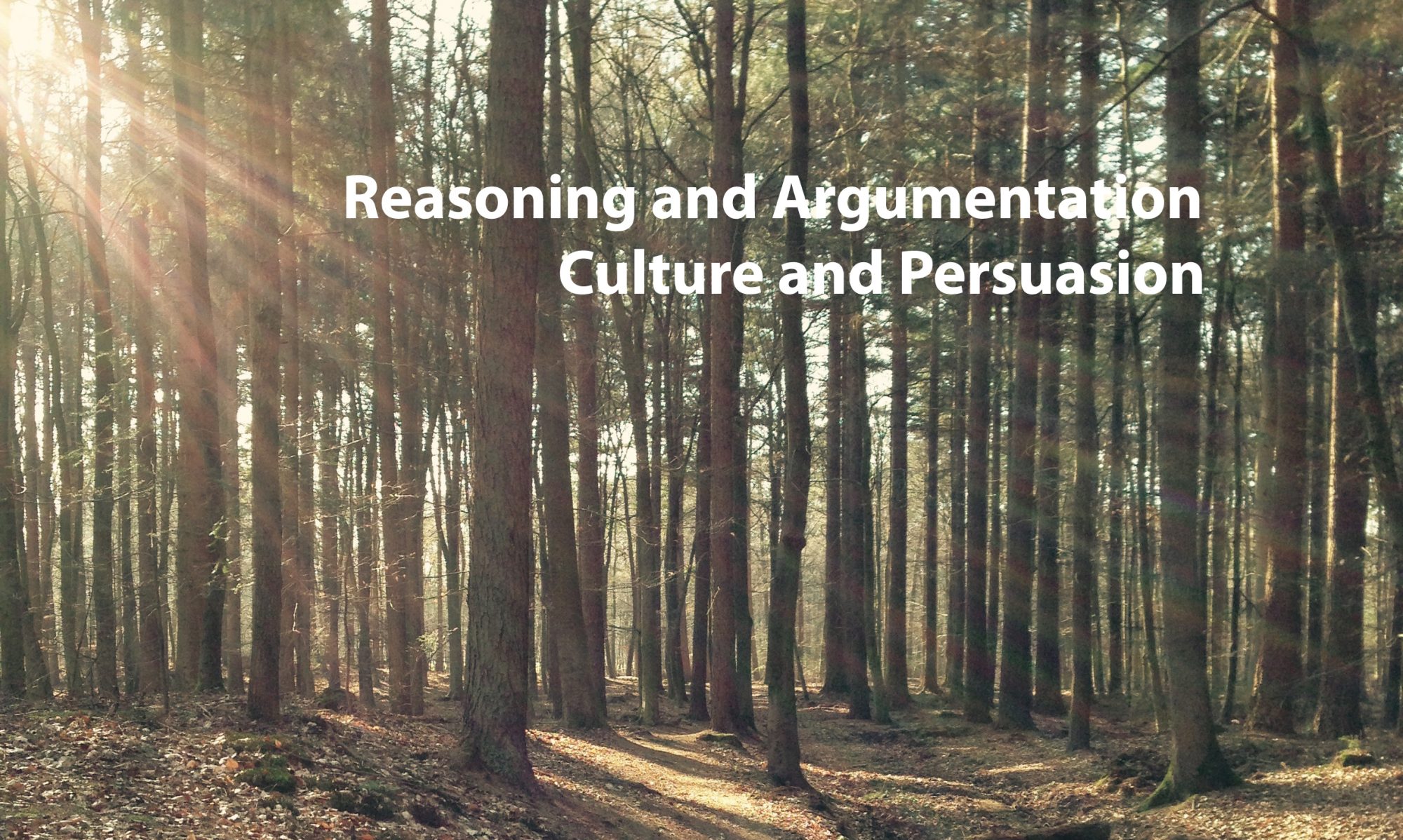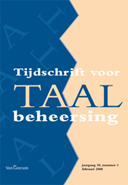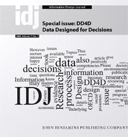 Reclamemakers gebruiken regelmatig vreemde talen om hun doelgroep te verrassen en te overtuigen. In dit artikel bespreken we recent onderzoek naar vreemde talen in reclame. Vreemde talen roepen verschillende associaties op die soms positief en soms negatief zijn. Empirisch onderzoek laat zien dat de overtuigingskracht van vreemde talen beïnvloed wordt door de koppeling met de producten die worden aanbevolen in de advertentie (bv. bij sinaasappels is Spaans effectiever dan bij wasmachines) en door het begrip van de gebruikte uiting in de vreemde taal (bv. gemakkelijk Frans is effectiever dan moeilijk Frans). We sluiten af met toepassingsmogelijkheden voor de onderwijspraktijk.
Reclamemakers gebruiken regelmatig vreemde talen om hun doelgroep te verrassen en te overtuigen. In dit artikel bespreken we recent onderzoek naar vreemde talen in reclame. Vreemde talen roepen verschillende associaties op die soms positief en soms negatief zijn. Empirisch onderzoek laat zien dat de overtuigingskracht van vreemde talen beïnvloed wordt door de koppeling met de producten die worden aanbevolen in de advertentie (bv. bij sinaasappels is Spaans effectiever dan bij wasmachines) en door het begrip van de gebruikte uiting in de vreemde taal (bv. gemakkelijk Frans is effectiever dan moeilijk Frans). We sluiten af met toepassingsmogelijkheden voor de onderwijspraktijk.
- Hornikx, J., & Starren, M. (2008). Overtuigen met vreemde talen: de rol van taalimago. Levende Talen Tijdschrift, 9 (3), 14-20. [pdf]




